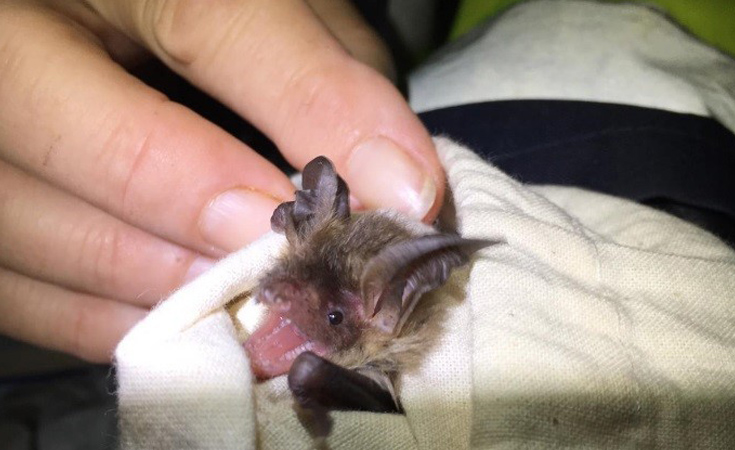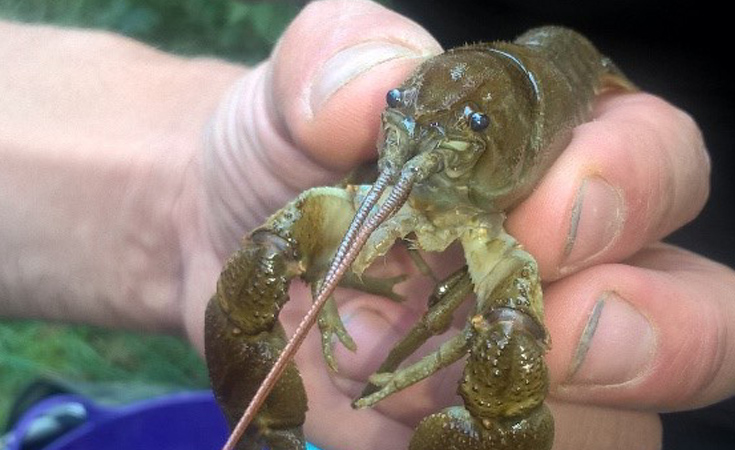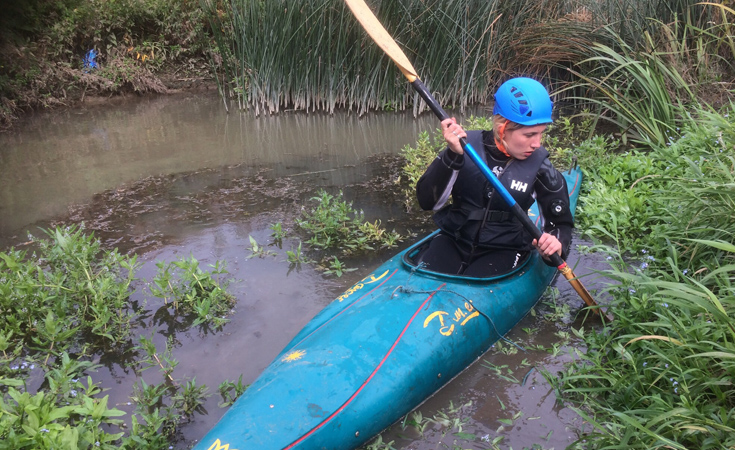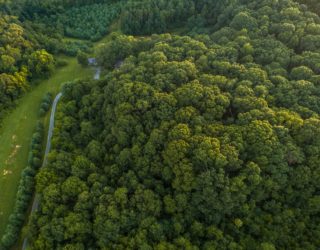As a company, we always invest heavily in staff training to ensure that our people have all the required technical skills and expertise to offer a complete service package to our clients. Not content with simply providing excellent comprehensive internal training programmes during the winter, we also regularly send staff on highly regarded external training courses throughout the year.
This week we’re conducting Preliminary Ecological Appraisal (PEA) training for our own staff and students of Imperial College, London – more on that in an upcoming blog. But first, let’s look back to some of the highlights of the external training programme we’ve undertaken this year.

Bat handling, mist netting and harp trapping
Every year, Thomson sends several of its bat licenced ecologists to attend the Bat Handling, Mist Netting & Harp Trapping training course run by Dr Sandie Sowler, an expert in bat ecology with over 24 years’ experience working in ecological consultancy.
The two-day course is an excellent opportunity for attendees to gain experience of handling bats, which is a vital skill when working on bat mitigation projects where there is a requirement for bats to be moved safely from existing roosts to compensatory bat boxes.
This year, three attendees from Thomson were able to gain practical experience of setting up mist nets (wide mesh nets suspended between two poles) and harp traps (columns of taught strings which force passing bats to drop into a collection bag below), and used these traps to survey for bats along a stream, an ancient woodland path and at the entrance of a cave. The nets are checked regularly, and any bats caught are quickly released from the mesh by an experienced handler to ensure no bats are harmed during the survey.
The team were successful in capturing several bats, including Daubenton’s bat, Natterer’s bat, Whiskered bat, lesser horseshoe bat and Brandt’s bat; correctly identifying and take measurements of these species by hand.
A particular highlight was trapping and handling three Bechstein’s bats, which are considered to be one of the UK’s rarest bat species. Bechstein’s bats are listed under Annexe II of the Habitats Directive, which requires that Special Areas of Conservation (SACs) are designated to promote important populations of this species, so this was a very exciting find for the group.
The course provided a range of valuable experiences for the attendees as they work towards obtaining their Level 2 Class Licence from Natural England.
Crayfish ecology and identification, Essex Wildlife Trust
Following an increase in the number of client enquiries for crayfish surveys, Thomson has expanded its capacity to undertake this work, which is often required to inform large-scale infrastructure projects impacting rivers and waterways. As part of this, our staff attended a well-regarded training course run by the Essex Wildlife Trust as they work towards obtaining a class licence for crayfish from Natural England.

The native white-clawed crayfish has faced significant population declines due to disease transferred by the invasive American signal crayfish. The course provided an opportunity to survey for white-clawed crayfish at a site specifically managed to be free from signal crayfish and disease, using standard techniques of stone-turning, vegetation searching and examining crayfish burrows. Attendees then visited a site known to be populated by signal crayfish, which provided a valuable opportunity to compare identifying characteristics and habitat of the two species.
Canoe training
As well as ensuring that staff are appropriately trained in field survey methods, we also strive to ensure that our workforce receive the required health and safety training to carry out survey work safely.
Typically, this will include training in asbestos awareness, or working at height, plus harness training in order for surveyors to use Mobile Elevated Working Platforms (MEWPs). However, occasionally more adventurous training is required such as the canoe training undertaken recently by staff who were tasked with carrying out a water vole survey.
Water voles are found in burrows along waterways, which can be difficult to spot if undertaken from the bankside where dense vegetation can prevent a thorough survey. Therefore, the best way to survey for water vole is from within the waterway itself – by boat. Any potential burrows or evidence of water vole can then be safely inspected.

In order to carry out these surveys safely, staff attended a British Canoeing ‘Foundation Safety and Rescue Training’ (FRST) course. This was a day course that included a short session on the theory of canoe and kayak safety, as well as practical experience carrying out rescue scenarios in the water.
Some of the scenarios covered included simulating a kayak and canoe capsize with an unconscious person inside, using a throw line safely; rescuing another person from the water and self-rescue from kayaks, canoes and paddle boards. Both bank and water-based rescues were carried out and enabled surveyors to feel more confident in assessing the risks involved, as well as their ability to perform a rescue safely in the unlikely event that something unexpected should happen.
How we can help you
Our teams of environmental consultants are great at what they do. The training they undertake means they deliver you their full expert knowledge in all things environment, whilst helping you achieve your end objectives and legal compliance.
Teams from Thomson carry out multi-species surveys and subsequent mitigation works throughout the year. Some require specific legislation and licenses before they can be carried out, with restrictions on times, dependent on species behaviour.
If you need support with surveys on a project, allow our environmental consultants to guide you through.











